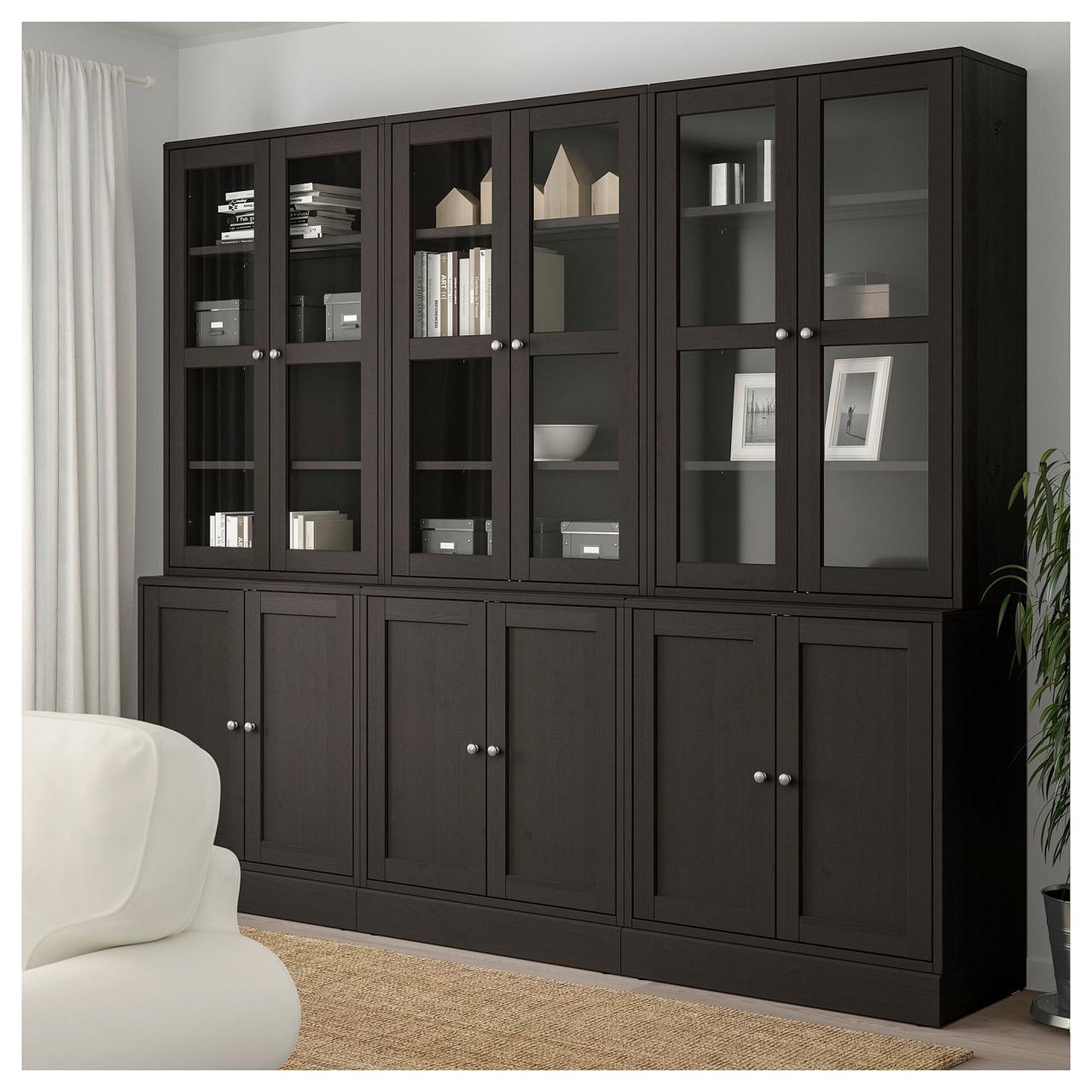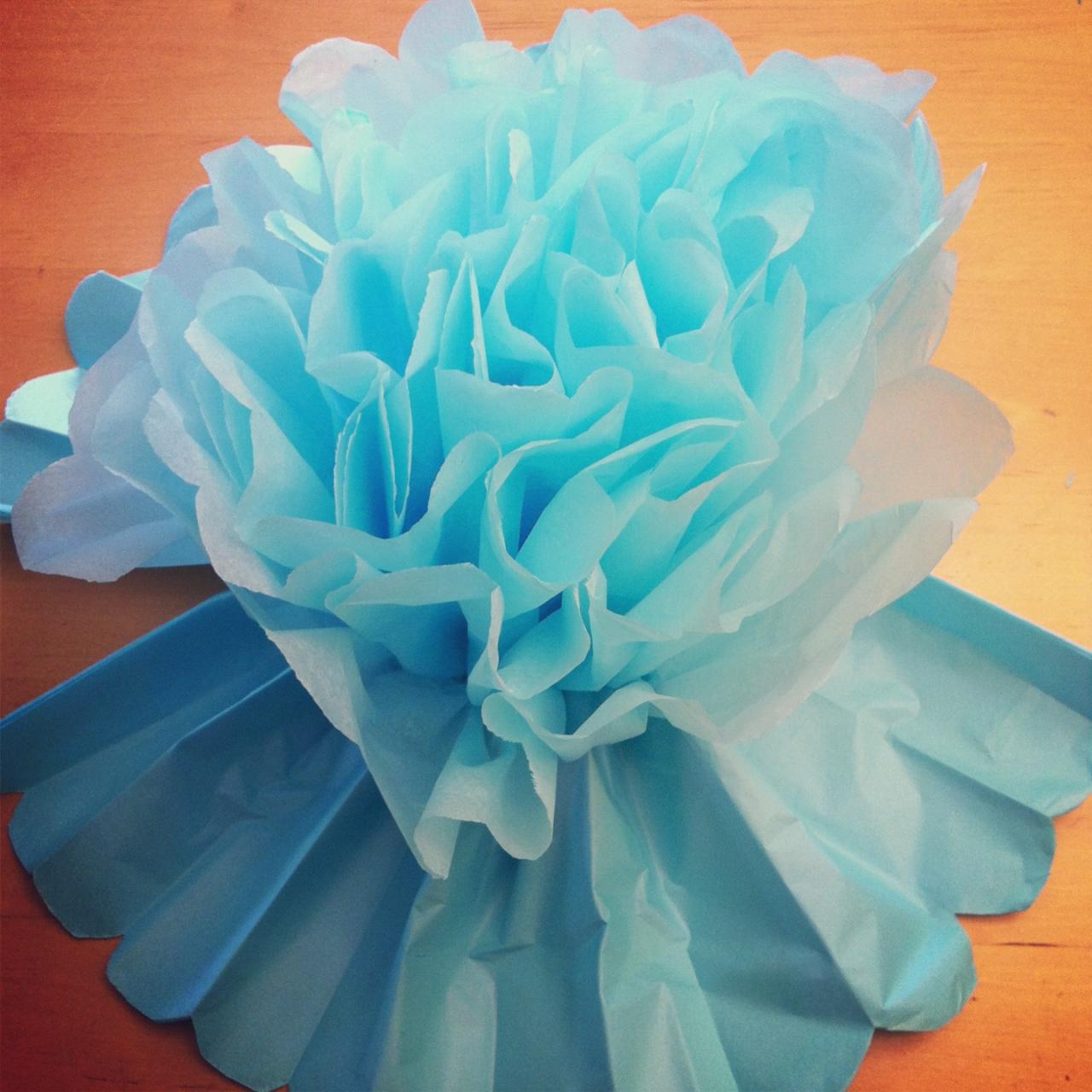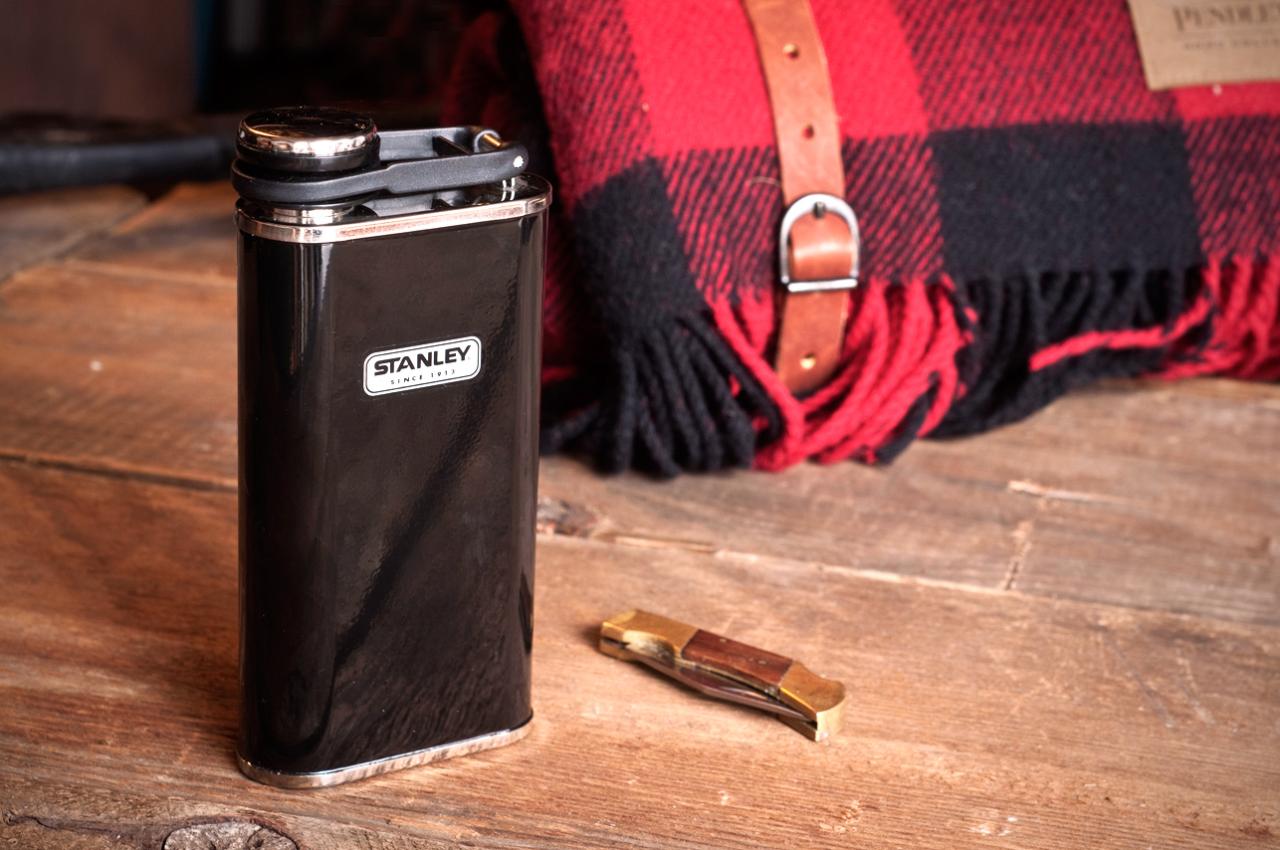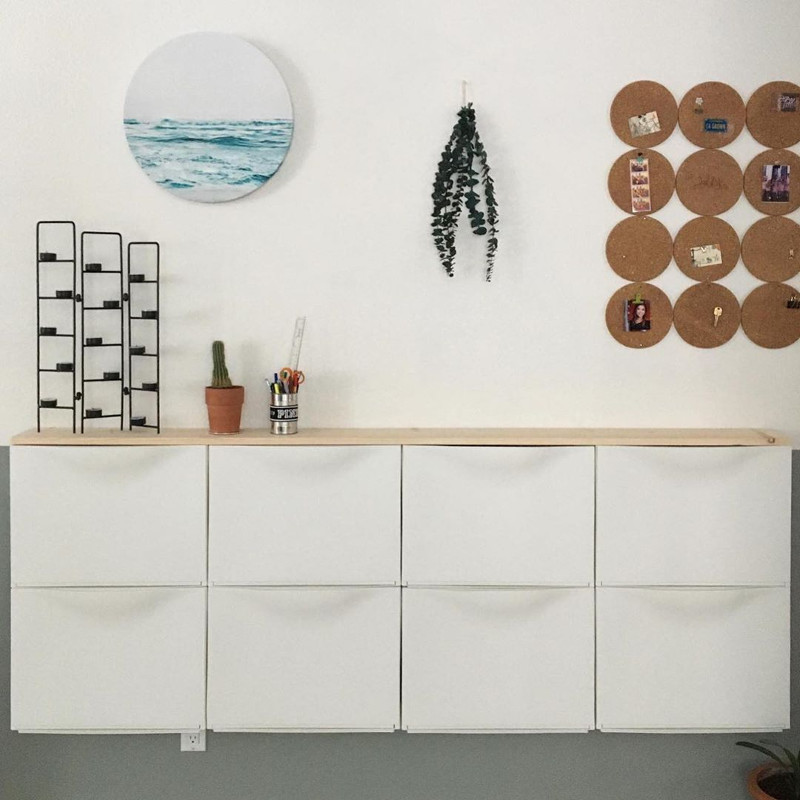DIY Mod Podge: Forget the store-bought stuff, it’s time to unlock the magic of creating your own adhesive! Get ready to explore the world of crafting and unleash your creativity with homemade Mod Podge, a versatile tool that can transform ordinary objects into extraordinary works of art.
This guide will equip you with the knowledge and recipes to craft your own Mod Podge, delving into the advantages and disadvantages of DIY versus store-bought options. We’ll uncover the secrets behind different Mod Podge recipes, comparing their effectiveness and exploring their unique properties. Whether you’re a seasoned crafter or a curious beginner, this journey into the world of DIY Mod Podge promises to be an exciting adventure.
What is Mod Podge?
Mod Podge is a versatile adhesive and sealant commonly used in crafts and decoupage projects. It’s a water-based, non-toxic, and easy-to-use product that can be applied to various surfaces, including paper, wood, fabric, and glass.
Properties and Uses
Mod Podge is a unique product that combines the properties of glue, sealant, and finish. It acts as a strong adhesive to attach paper, fabric, and other materials to surfaces. Once dry, it forms a protective sealant that shields the project from scratches, moisture, and UV damage. It can also be used as a finish to create a glossy, matte, or satin effect, depending on the type of Mod Podge used. Mod Podge is commonly used in:
- Decoupage projects: This involves attaching paper, fabric, or other materials to surfaces like boxes, furniture, and trays to create decorative designs.
- Paper crafts: Mod Podge is ideal for adhering paper to paper, creating layered cards, scrapbook pages, and other paper crafts.
- Mixed media art: It’s a versatile tool for combining different materials, such as paper, fabric, paint, and found objects, in art projects.
- Home decor: Mod Podge can be used to personalize home decor items, such as picture frames, vases, and furniture, by adding paper, fabric, or other embellishments.
- Upcycling projects: It’s an excellent tool for transforming old or discarded items into new and unique pieces, such as turning old furniture into decorative accents.
Types of Mod Podge
Mod Podge comes in various types, each designed for specific applications and finishes:
- Matte Mod Podge: This type creates a flat, non-reflective finish, suitable for projects where a subtle look is desired. It’s often used for paper crafts and decoupage.
- Gloss Mod Podge: This type produces a shiny, glossy finish that adds depth and vibrancy to projects. It’s perfect for creating a lacquered look and enhancing the colors of paper and fabric.
- Satin Mod Podge: This type provides a soft, slightly glossy finish that combines the elegance of gloss with the subtlety of matte. It’s a versatile option for various projects.
- Outdoor Mod Podge: This type is specifically designed for outdoor projects and offers increased weather resistance and UV protection. It’s suitable for projects that will be exposed to the elements, such as garden decor and outdoor furniture.
- Dimensional Mod Podge: This type creates a raised, 3D effect, perfect for adding texture and dimension to projects. It’s ideal for creating embossed designs, adding depth to paper crafts, and creating unique finishes.
- Color Mod Podge: This type comes in various colors and can be used to add a tint or glaze to projects. It’s a convenient way to add color without using paint, and it can also be used as a sealant.
Advantages and Disadvantages
Advantages
- Versatile: Mod Podge can be used for a wide range of projects, from simple crafts to more complex art projects.
- Easy to Use: It’s a user-friendly product that requires minimal effort and skill to apply.
- Durable: Once dry, Mod Podge forms a strong, protective layer that safeguards projects from damage.
- Non-toxic: It’s safe to use for children and adults, making it a great option for family craft projects.
- Affordable: Mod Podge is relatively inexpensive, making it an accessible craft supply.
Disadvantages
- Drying Time: Mod Podge takes some time to dry completely, which can slow down the project completion process.
- Potential for Wrinkles: If applied too thickly, Mod Podge can cause paper or fabric to wrinkle.
- Limited Color Options: While color Mod Podge is available, the color selection is limited compared to traditional paints.
DIY Mod Podge Recipes
Creating your own Mod Podge can be a fun and cost-effective way to enjoy this versatile crafting tool. You can find various recipes online, but not all of them are equally effective. Here’s a guide to help you make the best homemade Mod Podge for your crafting needs.
Basic Mod Podge Recipe
This recipe uses readily available ingredients and is a good starting point for most projects.
- Ingredients:
- 1 cup white school glue (such as Elmer’s)
- 1/2 cup water
- 1 tablespoon white vinegar (optional)
- Instructions:
- In a bowl, mix the glue and water until smooth. Add the vinegar if desired.
- Stir well until all ingredients are thoroughly combined.
- Let the mixture sit for a few minutes to allow the bubbles to dissipate.
Mod Podge with Acrylic Medium
Adding acrylic medium to your Mod Podge recipe can create a more durable and flexible finish.
- Ingredients:
- 1 cup white school glue (such as Elmer’s)
- 1/4 cup acrylic medium
- 1/4 cup water
- 1 tablespoon white vinegar (optional)
- Instructions:
- In a bowl, mix the glue, acrylic medium, and water until smooth. Add the vinegar if desired.
- Stir well until all ingredients are thoroughly combined.
- Let the mixture sit for a few minutes to allow the bubbles to dissipate.
Mod Podge with PVA Glue
PVA glue, also known as polyvinyl acetate glue, is a common alternative to white school glue and can be used in Mod Podge recipes.
- Ingredients:
- 1 cup PVA glue
- 1/2 cup water
- 1 tablespoon white vinegar (optional)
- Instructions:
- In a bowl, mix the PVA glue and water until smooth. Add the vinegar if desired.
- Stir well until all ingredients are thoroughly combined.
- Let the mixture sit for a few minutes to allow the bubbles to dissipate.
Comparing DIY Mod Podge Recipes
Each recipe has its own advantages and disadvantages.
- Basic Mod Podge: This recipe is the simplest and most affordable, but it may not be as durable as other recipes. The finish can be slightly cloudy.
- Mod Podge with Acrylic Medium: Adding acrylic medium makes the Mod Podge more flexible and durable, giving a smoother and more professional finish. It can also be used for decoupage projects where a more robust finish is desired.
- Mod Podge with PVA Glue: PVA glue is a good alternative to white school glue and can be used in most Mod Podge recipes. It offers a more durable and less cloudy finish than basic Mod Podge.
Pros and Cons of Using Homemade Mod Podge
There are several advantages and disadvantages to making your own Mod Podge.
- Pros:
- Cost-effective: Making your own Mod Podge can save you money compared to buying store-bought versions.
- Customization: You can customize the recipe to suit your specific needs, such as adding color or glitter.
- Fresh ingredients: Homemade Mod Podge is made with fresh ingredients, ensuring you’re not using outdated or expired products.
- Cons:
- Shelf life: Homemade Mod Podge generally has a shorter shelf life than store-bought versions.
- Consistency: It may be difficult to achieve the same consistency as store-bought Mod Podge.
- Experimentation: You may need to experiment with different recipes to find the best one for your needs.
Creative Mod Podge Projects
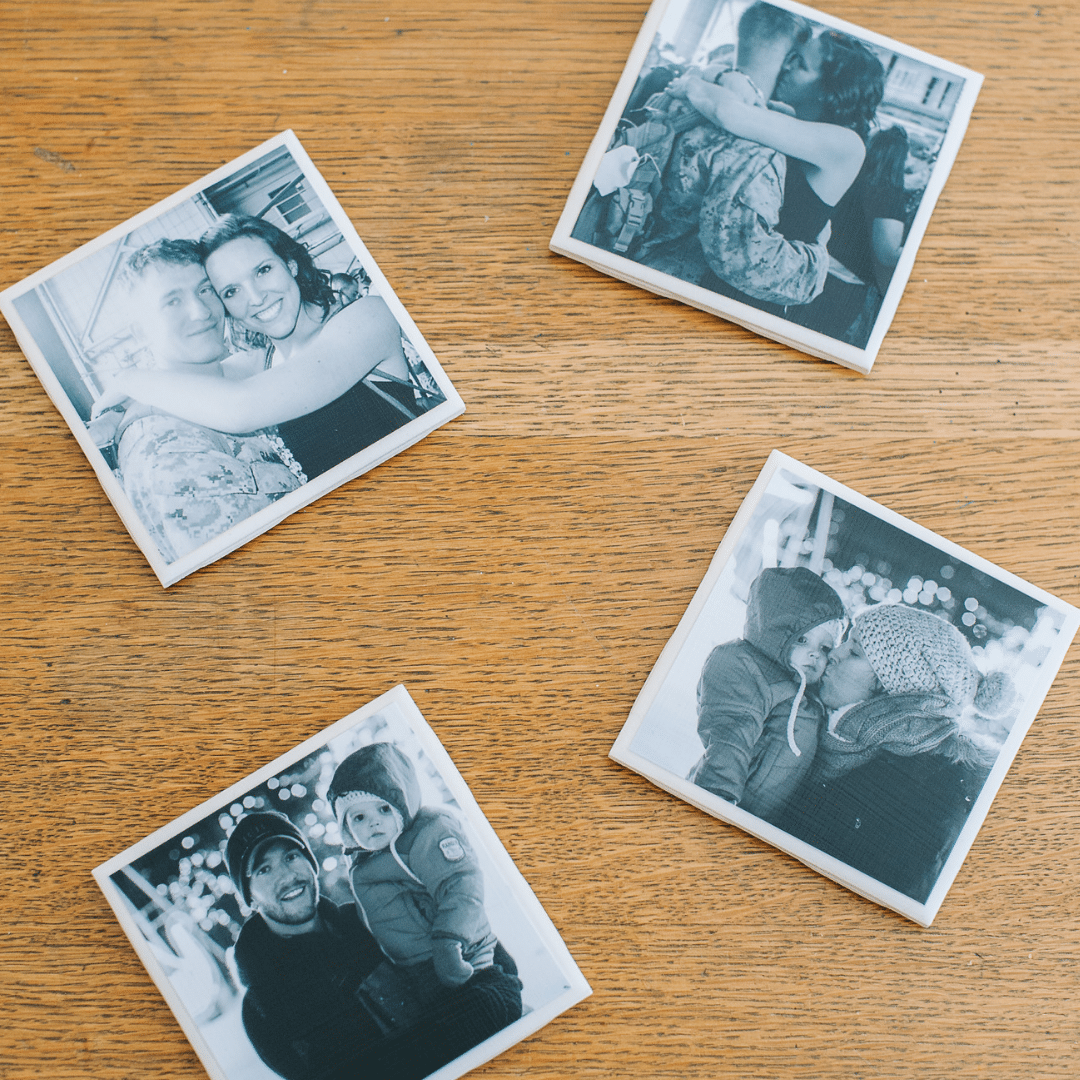
Mod Podge is a versatile adhesive and sealant that can be used for a wide range of craft projects. It’s a great tool for creating unique and personalized items. Here are some creative project ideas that can be enhanced using Mod Podge.
Decorative Coasters
Decorative coasters are a great way to add a touch of personality to your home. You can create coasters from various materials, such as wood, cork, or even ceramic tiles.
To create decorative coasters using Mod Podge, you will need:
* Coasters (wood, cork, or ceramic tiles)
* Mod Podge
* Paintbrush
* Paper, fabric, or other decorative materials
* Optional: sealer
Steps:
- Prepare your coasters by cleaning them and sanding them if necessary.
- Apply a thin layer of Mod Podge to the coaster surface.
- Carefully place your decorative material on top of the Mod Podge. Smooth out any wrinkles or bubbles.
- Apply another layer of Mod Podge over the top of the decorative material.
- Let the Mod Podge dry completely.
- Apply a sealant to the coasters if desired.
Personalized Picture Frames
Personalized picture frames are a thoughtful gift idea or a fun way to decorate your own home. You can create custom frames from wood, metal, or even cardboard.
To create personalized picture frames using Mod Podge, you will need:
* Picture frame
* Mod Podge
* Paintbrush
* Paper, fabric, or other decorative materials
* Optional: sealer
Steps:
- Prepare your picture frame by cleaning it and sanding it if necessary.
- Apply a thin layer of Mod Podge to the frame surface.
- Carefully place your decorative material on top of the Mod Podge. Smooth out any wrinkles or bubbles.
- Apply another layer of Mod Podge over the top of the decorative material.
- Let the Mod Podge dry completely.
- Apply a sealant to the frame if desired.
Table Ideas
| Project Idea | Materials | Estimated Time |
|---|---|---|
| Decorative Coasters | Coasters, Mod Podge, paintbrush, decorative materials, sealant (optional) | 1-2 hours |
| Personalized Picture Frames | Picture frame, Mod Podge, paintbrush, decorative materials, sealant (optional) | 1-2 hours |
| Decoupage Jewelry Box | Jewelry box, Mod Podge, paintbrush, decorative materials, sealant (optional) | 2-3 hours |
| DIY Tray | Wooden tray, Mod Podge, paintbrush, decorative materials, sealant (optional) | 2-3 hours |
| Personalized Notebook Covers | Notebook, Mod Podge, paintbrush, decorative materials, sealant (optional) | 1-2 hours |
Mod Podge Techniques
Mod Podge is a versatile adhesive and sealant that can be used for a variety of craft projects. It comes in a variety of finishes, including matte, gloss, and satin, and can be used on a variety of surfaces, including paper, wood, fabric, and metal. This section will explore some of the most common techniques for applying Mod Podge to different surfaces and projects.
Applying Mod Podge to Paper
Applying Mod Podge to paper is a simple process. You can use a brush, sponge, or even your fingers to apply the Mod Podge. If you are using a brush, make sure to use a soft-bristled brush to avoid damaging the paper. If you are using a sponge, make sure to squeeze out any excess Mod Podge. When applying Mod Podge to paper, it is important to work in thin, even coats. Avoid applying too much Mod Podge at once, as this can cause the paper to wrinkle.
To avoid bubbles, it is best to apply Mod Podge in a single, smooth motion.
Decoupage
Decoupage is a technique that involves applying paper or fabric to a surface and then sealing it with Mod Podge. This technique is often used to create decorative items, such as picture frames, boxes, and furniture.
To create a decoupage project, start by choosing a surface to decorate. You can use a piece of paper, fabric, or even a photograph. Then, cut or tear the chosen material into the desired shapes. Next, apply a thin layer of Mod Podge to the surface. Then, carefully place the paper or fabric on top of the Mod Podge. Finally, seal the project with a few more coats of Mod Podge.
Sealing
Mod Podge can be used to seal a variety of surfaces, including paper, wood, fabric, and metal. Sealing a surface with Mod Podge helps to protect it from damage and moisture.
To seal a surface with Mod Podge, apply a thin layer of Mod Podge to the surface. Then, let the Mod Podge dry completely before applying another coat. If you are sealing a porous surface, such as wood, you may need to apply multiple coats of Mod Podge to achieve a smooth, even finish.
Other Techniques
Mod Podge can be used for a variety of other craft techniques, including:
- Creating a textured finish: Mod Podge can be used to create a textured finish by adding glitter, sand, or other materials to the Mod Podge.
- Creating a stained glass effect: Mod Podge can be used to create a stained glass effect by applying it to tissue paper or other translucent materials.
- Creating a layered effect: Mod Podge can be used to create a layered effect by applying multiple layers of Mod Podge and then sanding the layers to create a smooth finish.
Mod Podge for Different Surfaces
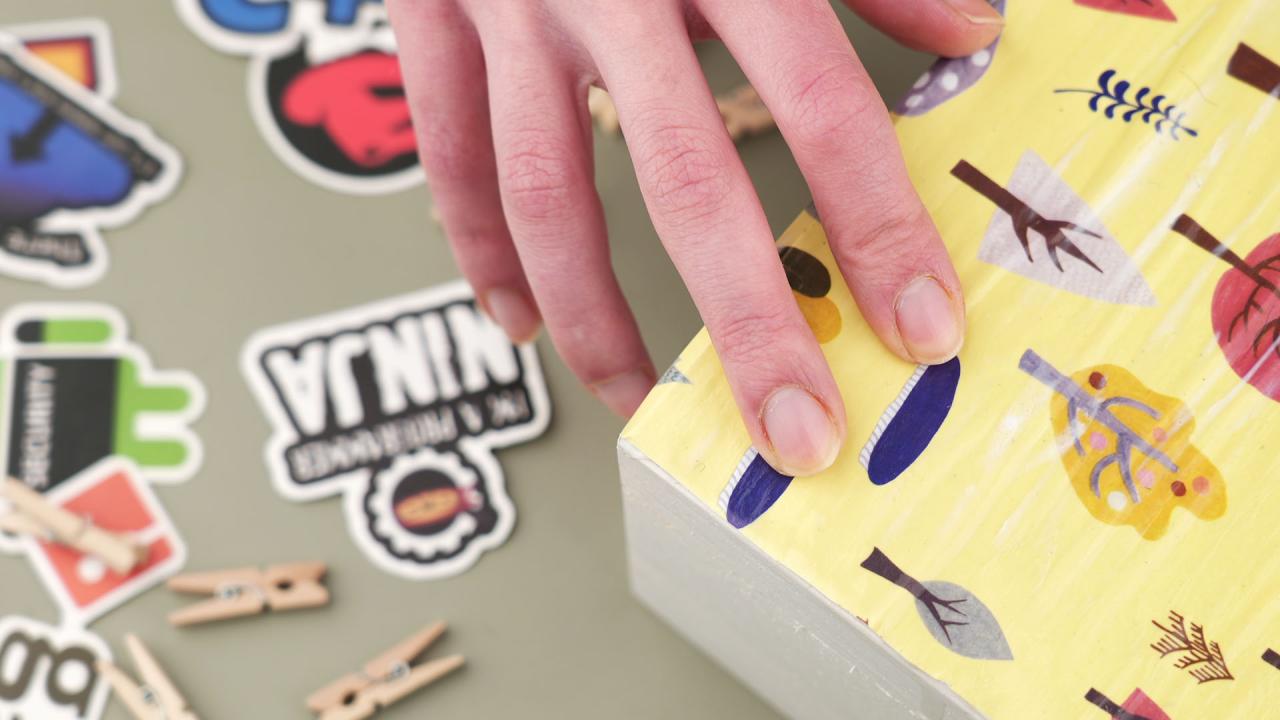
Mod Podge is a versatile adhesive and sealant that can be used on a variety of surfaces. However, not all Mod Podge formulas are created equal. Choosing the right type of Mod Podge for your project can make a big difference in the final result.
Here’s a breakdown of the best Mod Podge formulas for different surfaces, along with tips and tricks for success.
Mod Podge for Wood
Mod Podge is a popular choice for decoupage and other craft projects on wood. It adheres well to the surface and provides a durable finish.
The best Mod Podge for wood projects is Mod Podge Matte, which provides a classic, non-reflective finish. Mod Podge Gloss can also be used, but it may be too shiny for some wood projects.
Here are some tips for using Mod Podge on wood:
- Sand the wood surface before applying Mod Podge to create a smooth surface for better adhesion.
- Apply Mod Podge in thin coats, allowing each coat to dry completely before applying the next.
- Use a brush or sponge applicator for even coverage.
- Mod Podge can be diluted with water for a thinner consistency.
Mod Podge for Fabric
Mod Podge can be used to adhere fabric to fabric, fabric to paper, or fabric to other surfaces. However, it’s important to use the right type of Mod Podge for fabric projects.
The best Mod Podge for fabric projects is Mod Podge Fabric, which is specifically designed for use on fabric. It is flexible and won’t crack or peel when the fabric is stretched or moved.
Here are some tips for using Mod Podge on fabric:
- Pre-wash and dry the fabric before applying Mod Podge to prevent shrinkage or color bleeding.
- Apply Mod Podge to the back of the fabric, then adhere it to the desired surface.
- Use a heat gun or iron to set the Mod Podge and ensure a durable bond.
Mod Podge for Paper
Mod Podge is a popular choice for decoupage projects on paper. It adheres well to paper and provides a durable finish.
The best Mod Podge for paper projects is Mod Podge Matte, which provides a classic, non-reflective finish. Mod Podge Gloss can also be used, but it may be too shiny for some paper projects.
Here are some tips for using Mod Podge on paper:
- Use a brush or sponge applicator to apply Mod Podge evenly to the paper surface.
- Apply Mod Podge in thin coats, allowing each coat to dry completely before applying the next.
- Mod Podge can be diluted with water for a thinner consistency.
Mod Podge for Metal
Mod Podge can be used to adhere paper or fabric to metal surfaces. However, it’s important to use the right type of Mod Podge for metal projects.
The best Mod Podge for metal projects is Mod Podge Outdoor, which is specifically designed for use on outdoor surfaces. It is weatherproof and will not fade or crack in the sun.
Here are some tips for using Mod Podge on metal:
- Clean the metal surface with soap and water to remove any dirt or grime.
- Apply Mod Podge to the back of the paper or fabric, then adhere it to the metal surface.
- Use a heat gun or iron to set the Mod Podge and ensure a durable bond.
Mod Podge Safety and Precautions
While Mod Podge is generally considered safe for crafting, it’s essential to take precautions when using it, especially if you’re working with children or in a confined space. Understanding the potential hazards and following proper safety practices can ensure a safe and enjoyable crafting experience.
Potential Hazards and Ingredients
Mod Podge is a water-based sealant and adhesive, primarily composed of polyvinyl acetate (PVA), water, and sometimes preservatives. While PVA itself is generally considered non-toxic, some potential hazards can arise from the ingredients and their handling.
- Eye Irritation: Mod Podge can cause eye irritation, especially if it gets into your eyes. Always wear safety goggles or glasses when working with Mod Podge, particularly during application.
- Skin Irritation: Some individuals may experience skin irritation or allergic reactions to Mod Podge. It’s recommended to wear gloves when applying Mod Podge, especially for extended periods or if you have sensitive skin.
- Inhalation: While the fumes from Mod Podge are generally considered safe, it’s best to work in a well-ventilated area. Avoid inhaling the fumes directly, especially in enclosed spaces.
- Ingestion: Mod Podge is not meant for ingestion. Keep it away from children and pets. If ingested, seek medical attention immediately.
Proper Storage and Disposal
- Storage: Store Mod Podge in a cool, dry place, away from direct sunlight and heat. Ensure the container is tightly sealed to prevent the product from drying out or becoming contaminated.
- Disposal: Dispose of Mod Podge containers according to local regulations. Do not pour it down the drain, as it can cause clogging. Consider using a designated hazardous waste disposal facility or recycling center if available.
Additional Safety Tips
- Ventilation: Work in a well-ventilated area, especially when using Mod Podge in large quantities or for extended periods.
- Protective Gear: Wear gloves and eye protection when handling Mod Podge.
- Wash Hands: Wash your hands thoroughly with soap and water after using Mod Podge.
- Keep Out of Reach: Store Mod Podge out of reach of children and pets.
Mod Podge Alternatives
Mod Podge is a popular adhesive and sealant for crafting projects, but it’s not the only option available. There are several alternatives that can be used depending on the project’s specific needs and desired outcome. These alternatives offer varying advantages and disadvantages, making it crucial to understand their properties before choosing one.
Mod Podge Alternatives and Their Applications, Diy mod podge
The following table lists some common Mod Podge alternatives, their properties, and potential applications:
| Alternative | Properties | Applications |
|---|---|---|
| White Glue | Water-based, non-toxic, inexpensive, dries clear, flexible, not waterproof | Paper crafts, decoupage, scrapbooking, creating textured surfaces |
| PVA Glue | Similar to white glue but stronger, dries clear, flexible, not waterproof | Woodworking, paper crafts, decoupage, creating textured surfaces |
| Acrylic Medium | Water-based, dries clear, flexible, can be mixed with paint, not waterproof | Painting, decoupage, creating textured surfaces, sealing artwork |
| Polyurethane | Oil-based, dries clear, hard, durable, waterproof, strong adhesion | Woodworking, outdoor projects, sealing surfaces, protecting against moisture |
| Epoxy Resin | Two-part adhesive, dries clear, hard, durable, waterproof, strong adhesion | Jewelry making, creating resin art, sealing surfaces, protecting against moisture |
| Varnish | Water-based or oil-based, dries clear, protective coating, not adhesive | Sealing artwork, protecting surfaces, adding shine |
Mod Podge Inspiration
Mod Podge has become a staple in the crafting world, inspiring countless creative projects and fostering a vibrant community of artists and DIY enthusiasts. Its versatility and ease of use have opened up a world of possibilities, allowing anyone to transform ordinary objects into extraordinary works of art.
Mod Podge Projects as Inspiration
Mod Podge projects showcase the boundless creativity of the crafting community. From simple decoupage to intricate mixed-media art, these projects demonstrate the diverse applications of Mod Podge.
- Decoupage furniture: Transforming old furniture with decoupage techniques using Mod Podge is a popular project. This involves adhering paper, fabric, or other materials to the surface, creating unique and personalized pieces.
- Mixed-media art: Artists often use Mod Podge to create layered and textured artwork, incorporating various materials like paper, fabric, paint, and found objects.
- Personalized home decor: Mod Podge can be used to create custom decorations for your home, such as picture frames, vases, and decorative trays.
- Jewelry making: Mod Podge can be used to seal and protect jewelry pieces, adding a durable and glossy finish.
Mod Podge’s Impact on the Craft and DIY Community
Mod Podge has had a significant impact on the craft and DIY community, fostering creativity and encouraging individuals to express themselves through art.
- Accessibility: Mod Podge is readily available and affordable, making it accessible to crafters of all skill levels and budgets.
- Versatility: Its versatility allows crafters to explore a wide range of projects, from simple crafts to complex mixed-media art.
- Community building: Online platforms and social media groups dedicated to Mod Podge have created a vibrant community of crafters who share ideas, tutorials, and inspiration.
Online Resources and Communities
Numerous online resources and communities provide inspiration, tutorials, and support for Mod Podge enthusiasts.
- Mod Podge website: The official Mod Podge website offers a wealth of information, including project ideas, tutorials, and product details.
- Pinterest: Pinterest is a treasure trove of Mod Podge inspiration, with countless images and ideas for various projects.
- YouTube: YouTube offers a wide range of Mod Podge tutorials, from beginner-friendly projects to advanced techniques.
- Facebook groups: Several Facebook groups are dedicated to Mod Podge, where crafters can share their projects, ask questions, and connect with other enthusiasts.
Mod Podge History and Evolution
Mod Podge, the ubiquitous craft adhesive and sealant, has a surprisingly rich history that reflects the evolving needs and trends in the art and craft world. From its humble beginnings as a simple solution to a common problem, Mod Podge has transformed into a versatile tool that empowers creativity and inspires countless projects.
The Origins of Mod Podge
Mod Podge’s origins can be traced back to the 1970s, when a small company called Plaid Enterprises was founded by a group of entrepreneurs who were passionate about crafting. They saw a need for a product that could simplify the process of decoupage, a popular technique that involved adhering paper to surfaces. This led to the creation of Mod Podge, a water-based sealant and adhesive that could be used to glue paper, fabric, and other materials to a variety of surfaces.
The Early Years of Mod Podge
In its early years, Mod Podge was primarily marketed to crafters and hobbyists who were interested in decoupage. However, its versatility quickly made it popular among artists and DIY enthusiasts. The ability to use Mod Podge for both adhering and sealing made it a truly unique product. The product’s success was further enhanced by its affordability and ease of use.
The Rise of Mod Podge as a Craft Staple
Over the years, Mod Podge has become an indispensable tool for crafters and artists. Its versatility has led to a wide range of applications, from creating custom furniture to decorating home décor. The introduction of different finishes, such as matte, gloss, and satin, has further expanded its appeal. The development of specialty formulas, such as Mod Podge Dimensional Magic and Mod Podge Outdoor, has allowed crafters to tackle even more challenging projects.
The Impact of Mod Podge on the Craft World
Mod Podge has had a profound impact on the art and craft world. It has democratized decoupage, making it accessible to a wider audience. The product has also inspired countless creative projects, from intricate mixed media art to simple home décor. Mod Podge has also played a significant role in the growth of the DIY movement, encouraging people to express their creativity and personalize their surroundings.
Mod Podge in Popular Culture: Diy Mod Podge
While Mod Podge might not be a household name in the same way as paint or glue, it has steadily earned its place in popular culture, appearing in various forms of media and inspiring creative projects that have garnered widespread attention.
Mod Podge’s Cultural Significance
Mod Podge has become more than just a craft supply; it has become a symbol of DIY creativity and self-expression. It embodies the spirit of taking everyday materials and transforming them into something unique and personal. Its accessibility and versatility have made it a favorite among artists, crafters, and hobbyists alike, fostering a sense of community and shared creativity.
Examples of Mod Podge in Popular Culture
- Television: Mod Podge has been featured in numerous television shows, particularly those focusing on crafts, DIY projects, and home decor. Shows like “The Craft Room” and “Home & Family” have showcased its versatility and demonstrated various creative applications. These shows have helped introduce Mod Podge to a wider audience, inspiring viewers to try their hand at crafting and upcycling projects.
- Movies: While not as prevalent in movies, Mod Podge has made appearances in films that depict creative endeavors or artistic expression. For example, in the movie “The Secret Life of Walter Mitty,” the protagonist uses Mod Podge to create a unique and personalized photo album, highlighting its role in preserving memories and adding a personal touch to everyday objects.
- Books: Mod Podge has been featured in various craft and DIY books, providing instructions and inspiration for countless projects. These books often showcase the wide range of applications for Mod Podge, from decoupage and mixed media art to jewelry making and home decor. They have played a crucial role in disseminating knowledge and techniques related to Mod Podge, making it accessible to a broader audience.
Mod Podge in Artistic and Design Projects
Mod Podge has been used in numerous artistic and design projects that have gained public recognition.
- Decoupage Art: Mod Podge is a staple in decoupage art, where it is used to adhere paper, fabric, or other materials to surfaces, creating intricate and layered designs. Many artists have used Mod Podge to create stunning decoupage pieces, which have been showcased in galleries and art exhibitions, earning critical acclaim.
- Mixed Media Art: Mod Podge’s versatility extends to mixed media art, where it is used to combine different materials and textures, creating unique and visually appealing artworks. Artists have used Mod Podge to incorporate paper, fabric, paint, and other materials into their creations, resulting in innovative and expressive works.
- Upcycling and Repurposing: Mod Podge has become a popular tool for upcycling and repurposing old or discarded objects, giving them new life and purpose. Artists and crafters have used Mod Podge to transform furniture, accessories, and other items into unique and stylish pieces, demonstrating the power of creativity and sustainability.
Ending Remarks
With a little creativity and the right ingredients, you can easily create your own custom Mod Podge, tailored to your specific needs and projects. From simple decoupage to intricate mixed media art, the possibilities are endless! So, embrace the DIY spirit, experiment with different recipes, and discover the joy of crafting with homemade Mod Podge.
DIY Mod Podge is a versatile crafting tool, perfect for adding a touch of personalization to your projects. From transforming plain surfaces to creating unique decorative pieces, the possibilities are endless. If you’re looking for some inspiration, check out these very easy crafts that use Mod Podge as a key ingredient.
With a little creativity and some basic supplies, you can easily create stunning results, making DIY Mod Podge a fun and rewarding craft for all skill levels.

